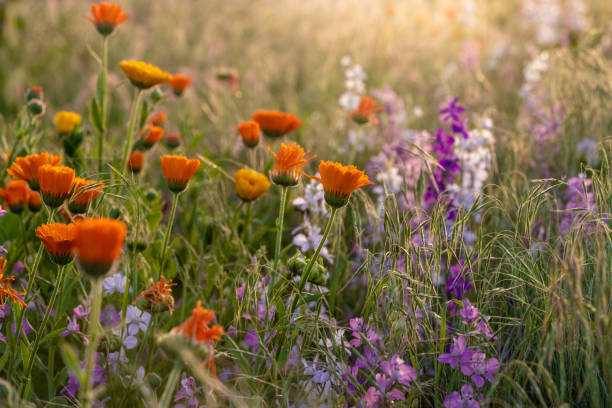
It's extremely cost-effective to grow flower seeds seeds indoors, especially if the seedlings become strong plants. However cultivating seeds indoors can be challenging. Beware of these mistakes when you start seeds indoors, to increase the chances of success.
Not Supplying Enough Light
Seedlings require a lot of light in order to grow into strong, healthy plants. However, no matter what someone tells you, chances are that you're not getting sufficient natural light at your home to produce strong seedlings. A south-facing window will usually not suffice. Artificial light can be used to provide the necessary light for seed. To do so, obtain specifically designed grow lights for plants. There are also big fluorescent lights for shops that come with one warm bulb and cool bulb. This is the cheapest alternative.
Don't apply too much or less water
The quantity of water you supply can affect seedling growth. Seeding is challenging due to how crucial the watering process is. Because seedlings are delicate, there is limited room for error in watering. The seed-starting medium must be kept moist, but not wet.
To improve your odds of having it right, here are a few ways to improve your chances of success:
To keep the soil moist, make a mini-greenhouse. Cover the container with plastic until flower seeds germinates.
The water that comes from the bottom is used to enable the seedlings soak up water through the container drainage holes. This method reduces the chance of overwatering. Then, slowly add water for around 10-30 minutes. After that, use your finger to touch top soil to confirm that the moisture has reached the top of the container.
Starting Seeds Too Soon
Some plants cannot withstand cold temperatures. exposing them to chilly air or cold soil will stress them out. Chas Gill, the Kennebec Flower Farm's manager, says that the biggest mistake people make when they plant seeds is to begin the seeds too early. Plants that are stressed out are more prone to illness and pests. Most plants can be removed within 4 to 6 weeks after they were planted. To find out more details on plant seeds, you must browse maverick geranium site.
Not enough seeds
Seeds can be finicky when it regards the depth at which they are planted. Certain seeds require total darkness in order to germinate, while others require light. The seed packet usually includes the correct planting depth. The seed packet is likely to include information on the appropriate depth for planting. If this information is not accessible, it's a good rule to plant seeds at least twice the depth of the width. It can be difficult to establish depth, so if you are in doubt, go for the side that is shallower.
Moving Seedlings Outside Too Soon
There is nothing to gain from a tough-love approach with seedlings that are still young. They'll either die instantly or weaken and cease to flourish. Even the most robust plants, especially when they are young, need a considerable amount of care and affection.
Not Enough Seeds
If you're only beginning with sowing seeds it's a good idea to start slowly. If you start sowing more petunia seeds than you are able to manage, it could be difficult to nurture seeds into adulthood. It is contingent on the type of plant you want to grow, you might be capable of direct-sowing seeds into containers outside or in the ground when outdoor temperatures warm up.
Keeping Seeds Too Cool
In order for seeds to germinate, most require warmth: about 65 to 75 degrees Fahrenheit. Refrigerators are a great place to keep seeds warm to germinate. It is also possible to purchase seed warming mats to place under the tray for seeds. Once a seedling emerges, they can tolerate fluctuations in temperature (within reason). Whatever light source you decide to use, whether natural or artificial, ensure that it generates enough heat to keep your plants in the 65- to 75-degree range.
Failure to label seeds
To identify seeds that are growing and to know when they will be ready for transplanting, you should label the containers with seeds as you're planting. For each kind of seed sown with popsicle sticks or plastic plant markers or permanent ink pens to write the name of the plant and the date sown. Insert the plant labels into the soil near the edge of the tray or container.